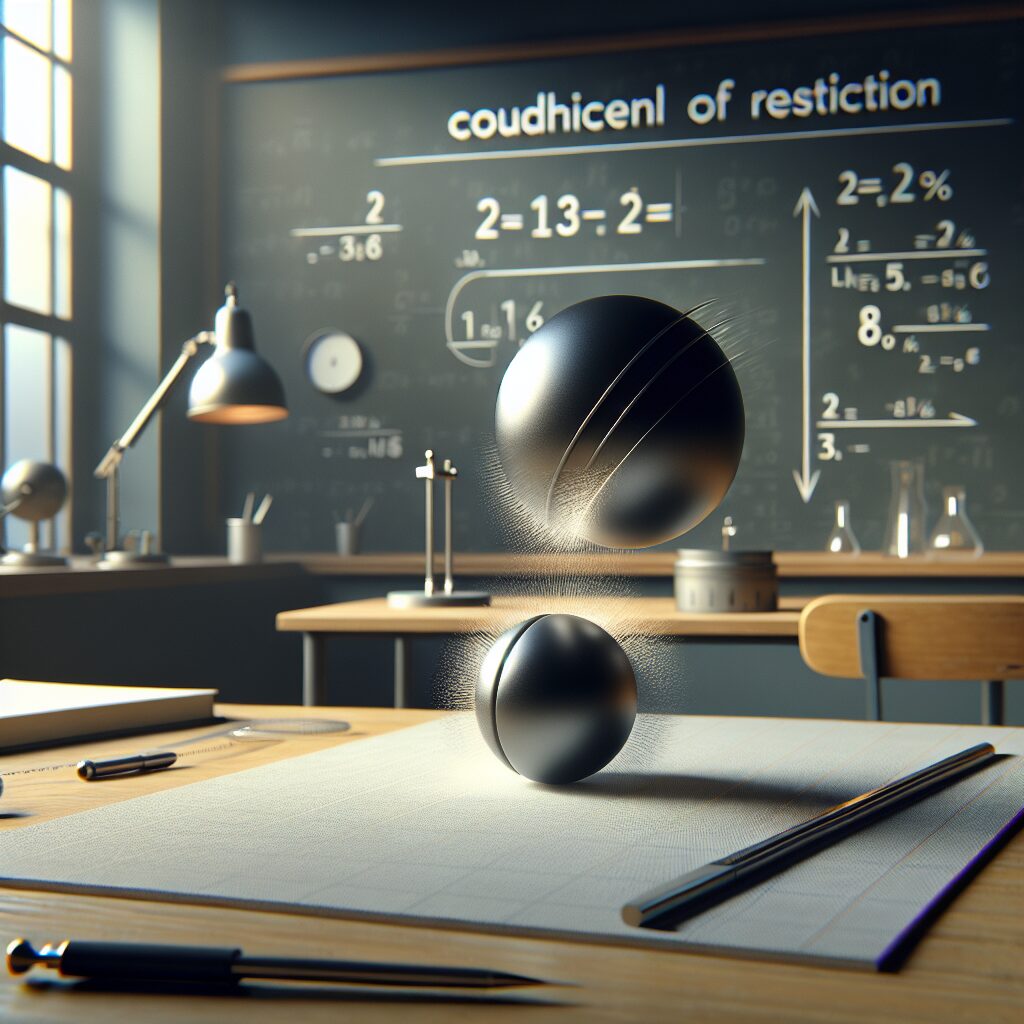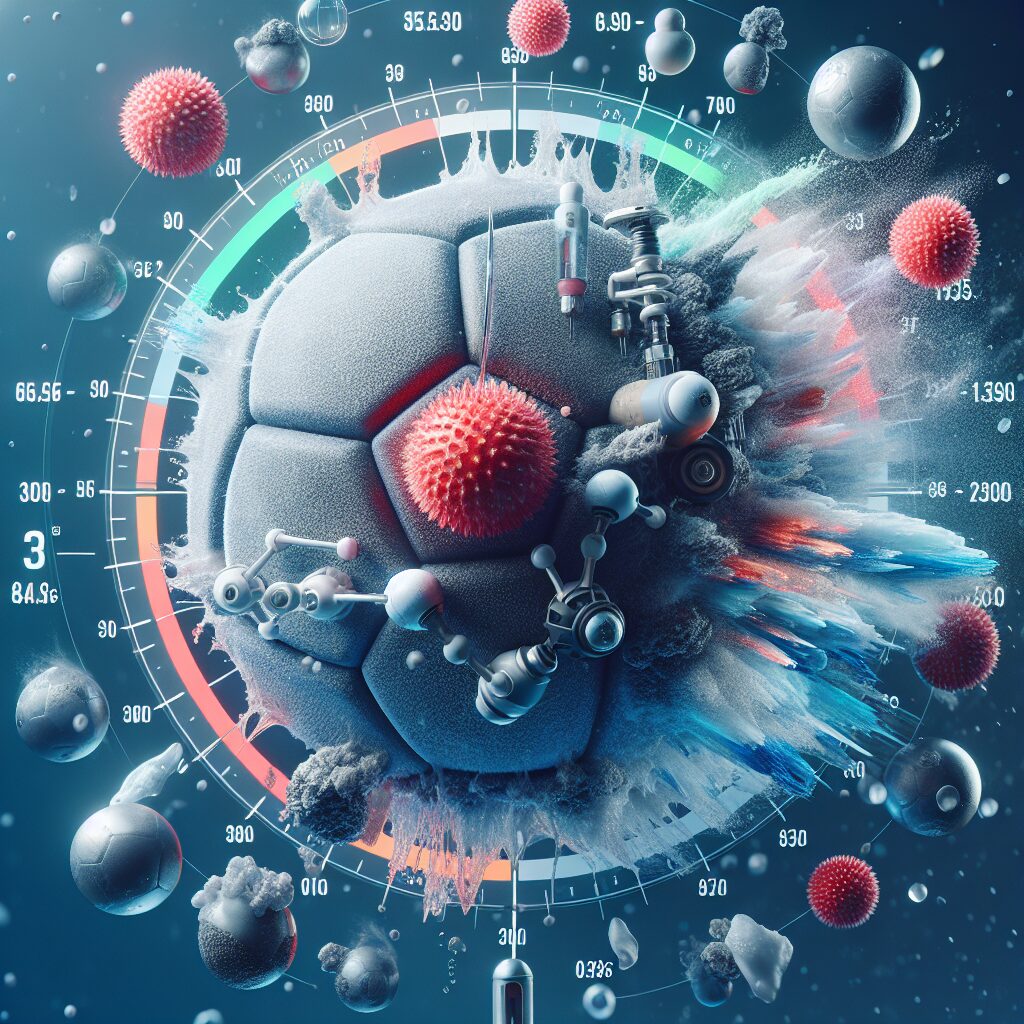Ball joints on a car are an important part of the suspension system. They are located between the control arm and the steering knuckle, and serve to allow movement in the suspension while keeping the wheels attached to the car. Ball joints allow for a wide range of motion and provide stability when driving, as well as allowing for front-end alignment adjustments. They are also vital components in many modern vehicles with independent suspension systems. As such, it is important to ensure that they are well maintained in order to keep your car safe and in good working order.Ball joints on a car are suspension components that allow the suspension to move up and down while also allowing the wheels to pivot left and right. They connect the control arms to the steering knuckles, and are encased in a rubber boot to keep out dirt and debris.
What Do Ball Joints Do On A Car?
Ball joints are a key component of a vehicle’s suspension system. They are responsible for connecting the control arms of a car to the steering knuckles, allowing them to move up and down as the wheels turn. This is important for providing stability and allowing drivers to control their vehicles with precision. Ball joints also help to absorb bumps in the road and keep the wheels firmly planted on the ground, allowing for smoother rides. Without them, cars would be much less stable and maneuvering would be far more difficult.
Ball joints are made up of two parts: an inner ball-shaped joint surrounded by an outer casing, and a bearing that allows it to move freely. The inner joint is connected to both the control arm and steering knuckle by a bolt or pin, while the outer casing provides protection from dirt, dust and other road debris. Over time, ball joints can wear down due to age or use and will need to be replaced. It is important to inspect them regularly for signs of wear such as looseness or creaking noises when turning the wheel. If they are not replaced when needed, it can lead to decreased handling performance or even complete failure while driving.
In summary, ball joints are an essential part of any vehicle’s suspension system that allow drivers to control their cars with precision and stability. They connect the control arms of a car to its steering knuckles while providing protection from dirt and other debris on the road. Regular inspection is necessary in order to ensure they remain in good condition; if not, they may need to be replaced in order to maintain safe handling performance.
Types Of Ball Joints In Automobiles
Ball joints are essential components of suspension systems in automobiles. They are used to attach the steering knuckles to the control arms, allowing them to pivot and absorb shocks from the road. There are three main types of ball joints used in cars: pressed-in, non-removable and removable.
Pressed-in ball joints are usually found on older vehicles and are not designed to be serviced. The joint is held in place by a press-fit, and if it needs to be replaced, the entire control arm must be removed and replaced as well.
Non-removable ball joints are similar to pressed-in ones, except they can be serviced without having to remove the control arm. Instead, a special tool is used to press out the old joint and press in a new one. These types of ball joints are typically found on newer cars.
Removable ball joints have a threaded stud that is inserted into the control arm and secured with a nut or bolt. This type of joint can easily be serviced by removing the nut or bolt holding it in place and replacing it with a new one. Removable ball joints offer greater adjustability than other types, making them ideal for performance applications where precise alignment is important.
In conclusion, there are three main types of ball joints used in cars: pressed-in, non-removable and removable. Each type has its own advantages and disadvantages depending on the application, so it’s important to choose one that best fits your needs.
Signs of Worn Out Ball Joints
Ball joints are critical components of your vehicle’s suspension system, and it’s important to recognize the signs of worn out ball joints before they fail. When your ball joints are worn out, it can cause uneven tire wear, steering problems, and even complete suspension failure. Here are some common signs that indicate that the ball joints in your vehicle may need to be replaced:
1. Uneven Tire Wear: The most common sign of a worn out ball joint is uneven tire wear. If the ball joint is loose or damaged, it can cause the tires to wear unevenly or even prematurely. To check for this type of wear, look for areas where the tread has been worn down more than normal or if the tires have a cupped appearance.
2. Clunking or Popping Noises: If you hear a clunking or popping noise when you turn the steering wheel or go over bumps in the road, it could be a sign that your ball joints are failing. This noise could be an indication that the joint has become loose and needs to be replaced.
3. Steering Problems: If you notice that your steering is feeling sluggish or unresponsive when you turn the wheel, it could mean that one or more of your ball joints are failing. Worn out ball joints can affect how well your car turns and handles on the road, so if you experience any issues with steering, have them checked immediately by a qualified mechanic.
4. Vehicle Pulling to One Side: Another common symptom of worn out ball joints is if your vehicle pulls to one side while driving straight with no input from the steering wheel. This could mean that one side of your suspension system is weaker than the other due to a failing ball joint on that side. Have any symptoms like this checked by a professional as soon as possible to avoid further damage to other components in your suspension system.
If any of these signs sound familiar, then it’s time for you to take action and get those worn out ball joints replaced before they cause further damage to other parts of your vehicle’s suspension system. By being proactive and getting them checked regularly, you can help ensure that your car remains safe and reliable for many miles down the road!
Diagnosing Worn Out Ball Joints
Ball joints are an essential part of the suspension system in a vehicle. They act as a pivot point between the vehicle’s suspension and wheels, allowing them to move up and down without affecting the alignment of the wheels. Over time, these ball joints can wear out due to normal wear and tear or due to damage caused by road conditions. When this happens, it can cause significant issues with handling and alignment of the vehicle. Fortunately, diagnosing worn out ball joints is relatively straightforward, and can be done quickly with the right tools.
First, you will need to inspect your ball joints visually for signs of wear. Look for any cracks or chips in the ball joint itself, or any signs of rust or corrosion around it that might indicate wear. If the ball joint looks damaged in any way, it should be replaced immediately. If there are no visible signs of damage, then you will need to check for play in the joint itself. To do this, you will need a jack stand and a pry bar.
Place the jack stand under one wheel of the vehicle so that it is securely supported while you inspect the ball joint. Grab both sides of the ball joint with your hands and try to push them together as if you were trying to compress them together. If there is any give when you do this, then it indicates that there is play in the joint itself which means it needs to be replaced as soon as possible.
Finally, if you notice any strange sounds coming from your suspension system when driving over bumps or uneven surfaces then this could also indicate that one or more of your ball joints are worn out and need to be replaced. Listen carefully for any grinding or squeaking noises coming from your suspension system as this could indicate a problem with one or more of your ball joints that needs attention immediately before further damage can occur.
Overall, diagnosing worn out ball joints is relatively easy when done correctly with the right tools and knowledge. Make sure to check them regularly for signs of wear and replace them immediately if necessary so that your vehicle continues to perform correctly while keeping you safe on roads and highways alike.

Symptoms of Faulty Ball Joints
The most common symptom of a faulty ball joint is an audible clunking noise when turning or going over bumps. This sound is usually caused by the ball joint loosening and rattling against other components. It is important to note that this sound can also be caused by other suspension components, like worn shocks or struts, so it is important to have a professional inspect the vehicle if you suspect a problem. Another symptom of a faulty ball joint is uneven tire wear. A worn ball joint can cause the tire to toe-in or toe-out, which will cause the tire to wear unevenly. This can lead to decreased handling and braking ability as well as excessive tire wear. Additionally, if the ball joint fails completely, it can cause the wheel to become detached from the vehicle and result in loss of steering control. Finally, a visual inspection of the ball joints may reveal signs of damage such as cracks or tears in the rubber boot that covers them.
It is important to regularly inspect your vehicle’s suspension system for signs of wear or damage. If any symptoms are present, it is important to have a professional inspect and repair any faulty parts before they cause further damage or put your safety at risk.
Replacing a Ball Joint in a Car
Replacing a ball joint in a car requires some basic mechanical knowledge and the right tools. First, you will need to raise the car with jack stands so that the wheel is off the ground. Once the car is raised, remove the wheel and remove the brake caliper, rotor and hub assembly. The ball joint is located at the bottom of the control arm. To access it, you will need to remove any other components that are blocking it.
Once all components have been removed from around the ball joint, use a ball joint separator tool to disconnect it from the control arm. Before removing it completely, inspect it for signs of damage or wear. It is important to check for rust or corrosion on both the ball joint and control arm before attempting to remove it. If either part shows signs of damage or wear, replace both parts together as a unit for safety reasons.
Next, install the new ball joint into place by pressing it into place with a hammer or press tool. Make sure that it is firmly seated in place before moving on to re-installing other components around it. Re-install all components in reverse order; reinstall hub assembly, rotor and brake caliper followed by wheel and lug nuts. Finally lower car from jack stands and test drive vehicle for proper operation before returning vehicle back to service.
Tools Needed To Replace a Car’s Ball Joints
Replacing a car’s ball joints can be a challenging task, but it is an essential part of maintaining the vehicle. In order to complete the job, you will need the right tools to do it safely and correctly. The following list includes the tools necessary to replace a car’s ball joints:
• Floor Jack: A floor jack is essential for lifting up your vehicle so you can access the ball joints. Make sure your floor jack is rated for lifting your vehicle’s weight and has safety features such as rubber-coated swivel wheels and a low-profile design.
• Jack Stands: After using a floor jack to lift up your vehicle, use jack stands to support its weight. Make sure you place the jack stands on solid surfaces and secure them properly before attempting any work underneath the vehicle.
• Socket Set: You will need sockets in various sizes in order to remove and replace the bolts that secure the ball joint in place. Consider purchasing an impact socket set if you plan on doing more automotive work in the future.
• Wrench Set: You will also need wrenches, both metric and standard, to remove and install nuts and bolts on your car’s suspension system. You may also want to invest in an adjustable wrench or crowfoot wrench for extra reach when working on hard-to-access areas of your car’s suspension system.
• Hammer: A rubber mallet or hammer can be used to gently tap ball joints into place when installing them in tight spaces. Make sure you use a soft-faced hammer or rubber mallet so that you don’t damage any of the components as you are working with them.
• Pry Bar: A pry bar can come in handy when trying to separate components from one another during installation or removal processes, such as when attempting to separate control arms from spindles or tie rods from steering knuckles.
These are just some of the tools necessary for replacing a car’s ball joints, but they are all essential for completing this job safely and correctly. If you do not have these tools already, consider investing in quality ones that will last long enough for future repairs as well!

Conclusion
Ball joints play an essential role in the overall performance of a vehicle. They are the link between the suspension and steering components and the wheels, allowing the two to move independently of each other. Without ball joints, cars would be impossible to handle safely. In order for a car to perform properly, it is important to regularly inspect and replace ball joints when needed. This is a relatively simple task that can ensure your safety on the road.
In conclusion, ball joints are one of the most important components of any vehicle. They provide a crucial connection between suspension and steering components and allow for independent movements between them. This allows for safer handling and improved performance. Regular inspection and replacement of ball joints is necessary to keep your car in top condition, so don’t forget about them when performing routine maintenance!




